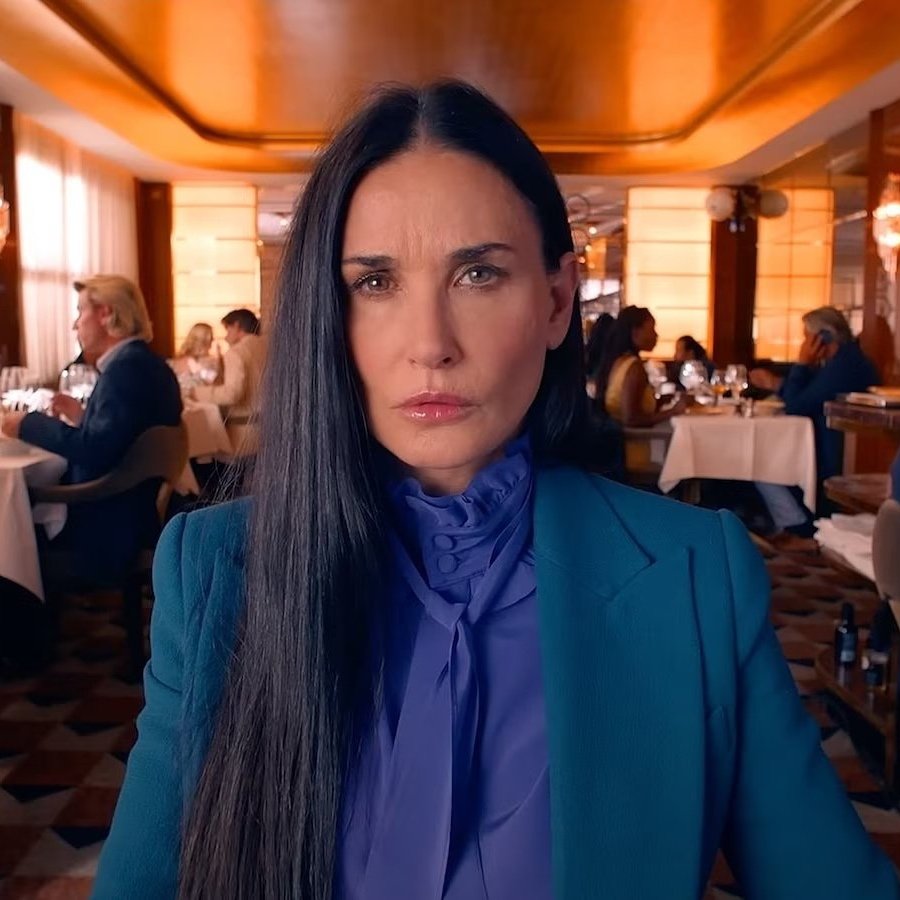Avatar 2: A Reminder of the Power of Cinema
After 13 long years, James Cameron has returned to Pandora with a 3-hour-long visual essay on the wonders of a world whose foreignness and relatability have drawn audiences back year after year. Thankfully, Avatar: The Way of Water has many things in common with its predecessor: stunning visuals, a great core story, and most importantly, a truly breathtaking cinematic experience.
Avatar: The Way of Water is a sequel to 2009’s Avatar, which is the highest-grossing movie worldwide of all time. It depicts the story of the Na’vi, highly evolved beings that live on the fictional planet of Pandora, and their interactions with human invaders who are motivated by profit and greed. The story focuses on Jake Sully, a human-turned-Na’vi (played by Sam Worthington), and Neytiri, a Na’vi princess (played by Zoe Saldaña) who falls in love and raises a family with him. The Way of Water takes this further by depicting the dangers their family now faces as the human threat returns with a newfound vengeance.
Given the delay in releasing this sequel, many of us spent the minutes before entering the theater racking our brains trying to remember the plot of the last movie. Cameron seems to have predicted this and spends an extensive amount of time with an exposition on how Jake and Neytiri have spent the (13?) intervening years. They are no longer the sole protagonists, with their children now coming to the fore as equally, if not more, important to the plot. Their children drive the narrative, with a lot of the core plot points being built around their choices. Not all things are new though, with a familiar face as the antagonist: Colonel Miles Quaritch, played by the inimitable Stephen Lang. I appreciate this choice, as it spares Cameron from having to construct a villain arc in one act, a job that seldom meets expectations and is often inadequately done. This was unlike its predecessor, where due to its portrayal of multiple human antagonists we were not able to fully understand their motivations.
The story is split into three acts, and it is in the second we see how this movie aims to differentiate itself from its predecessor. Due to the threats they face, Jake and Neytiri take their family to the Metkayina: the water clans. We are immediately treated to some of the most gorgeous images one has seen on celluloid: lusciously rendered marine animals, water with sun rays percolating through, and the characters’ live reactions to these stimuli. Paradoxically, at times it seemed even more realistic than renowned nature documentaries like Blue Planet and Blue Planet II. The technological advancement shown through underwater motion capture was a key reason for the delay in production, with new camera configurations developed to meet this need. The movie is epochal for underwater filming much akin to Finding Nemo, which for the first time showed refracted sun rays in water.
The impressive cinematography was furthered by the imaginative work of artists at Weta Digital and beyond, who created original creatures that clearly distinguish themselves from their Earth-based brethren. I was particularly impressed by the detail paid to the Tulkun, an intelligent whale-like creature that is crucial to the plot. Rendering a gigantic creature itself is no mean feat, but adding the emotional aspects required to connect to audiences is a truly daunting task. Such incredibly successful execution remains a key reason why many have often flocked back to theaters for multiple watchings. However, visuals are only one aspect, and to truly create a magical experience one needs sound that rises to the occasion. Steven Spielberg rightly attributed much of the magic in his movies to the powerfully evocative musical scores that John Williams created for them. Much of the music in the film is unfortunately unable to move beyond cliched string arrangements, holding back incredible scenes from going further. This could be attributed to the change in composer for this iteration, with Simon Franglen replacing the late James Horner who passed away in the intervening time. Here’s hoping he finds his own for future iterations.
Avatar: The Way of Water crossed $2 billion in cumulative box office gross a few days ago, making it only the 6th film in history to do so. James Cameron has directed half the movies on that list. Such a staggering achievement deserves further introspection: what draws audiences to his films? I posit that it’s fundamentally due to a deep understanding of the motivations of audiences today. The choice to watch a movie is a choice to invest 2-3 hours of our time over a multitude of other choices. Cameron aims to make the experience worthwhile, such that it is superior to all other options. This is different from simply telling a good story, but rather is about a keen focus on the reaction of audiences to it. In this film, Cameron combines several aspects of his previous films: aggressive Terminator-like action scenes, water scenes that harken to Titanic, and of course, Avatar itself. In doing so, he endeavors to take the best parts of his previous works to produce a wholly original experience for audiences. The ability of his films to seem personal yet larger than life is what has convinced so many to spend their money and time watching them.
Avatar 2’s flaws lie primarily in the pacing of its script: its first act feels too rushed, and not enough happens in the rest of the movie to warrant the long runtime. For example, the battle scene at the end often meanders without a clear forward flow, making it difficult for an audience to stay gripped. Greater concision or depth in storytelling would help ensure that future parts remain engaging watches throughout their runtime.
While these are not trivial issues, watching this film on large IMAX screens often has the effect of making them seem far less important. You are often so transfixed by the image itself that the story it services seems almost secondary. Having gone to see it twice, I can say with confidence that this is one to watch in theaters, as your experience will be profoundly different (read: worse) at home. If you haven’t seen it already, there is still time to experience a rare slice of movie magic. Don’t miss out.
Avatar: The Way of Water is currently playing in most theaters across the world.
Popular Reviews












